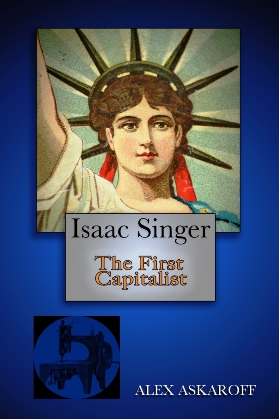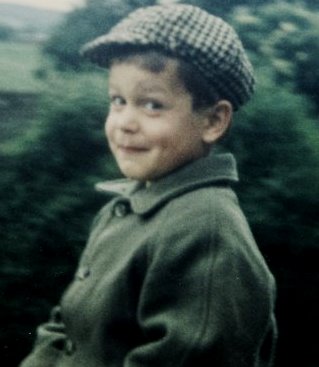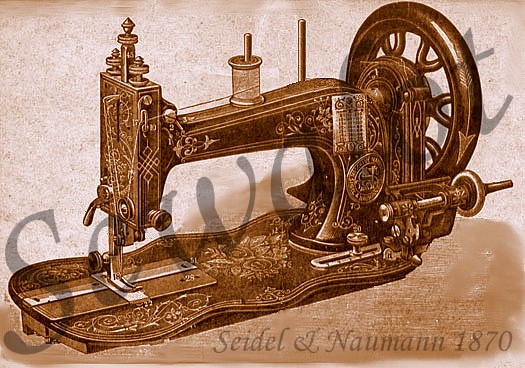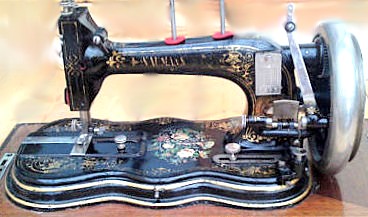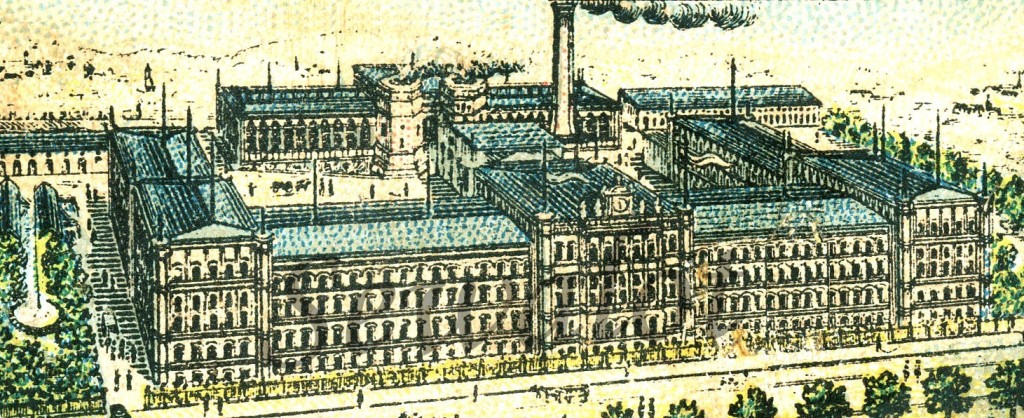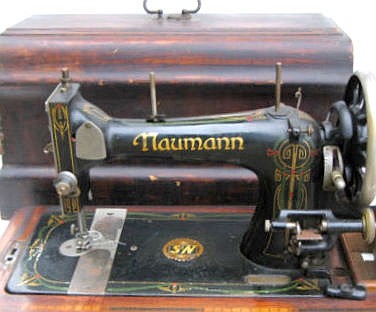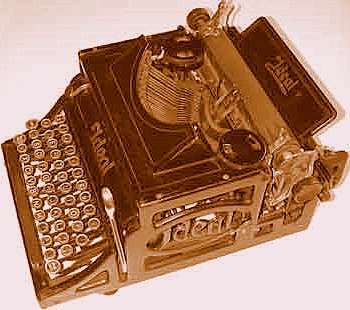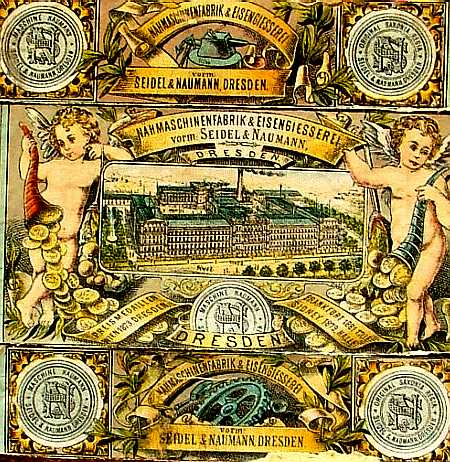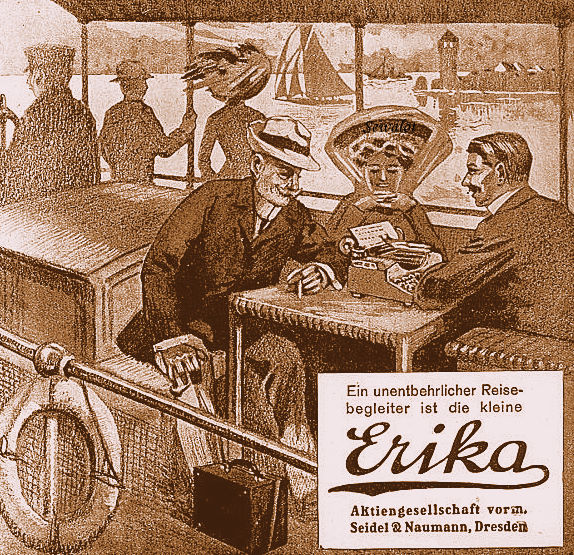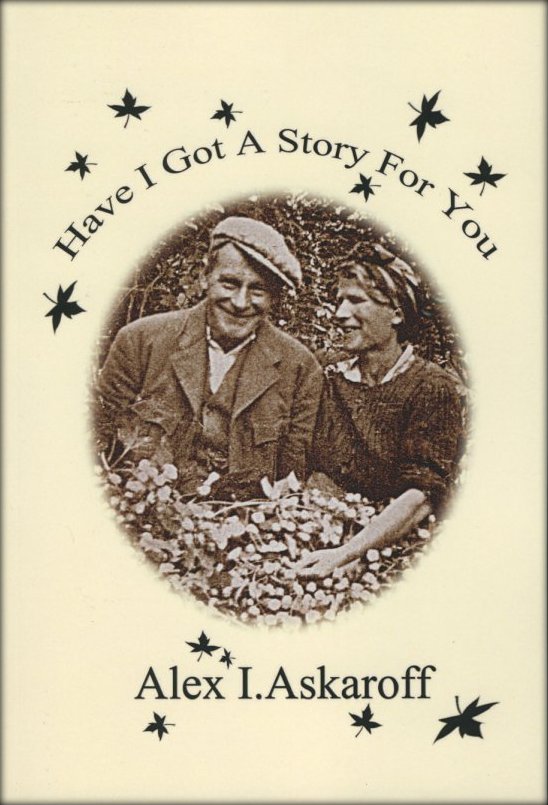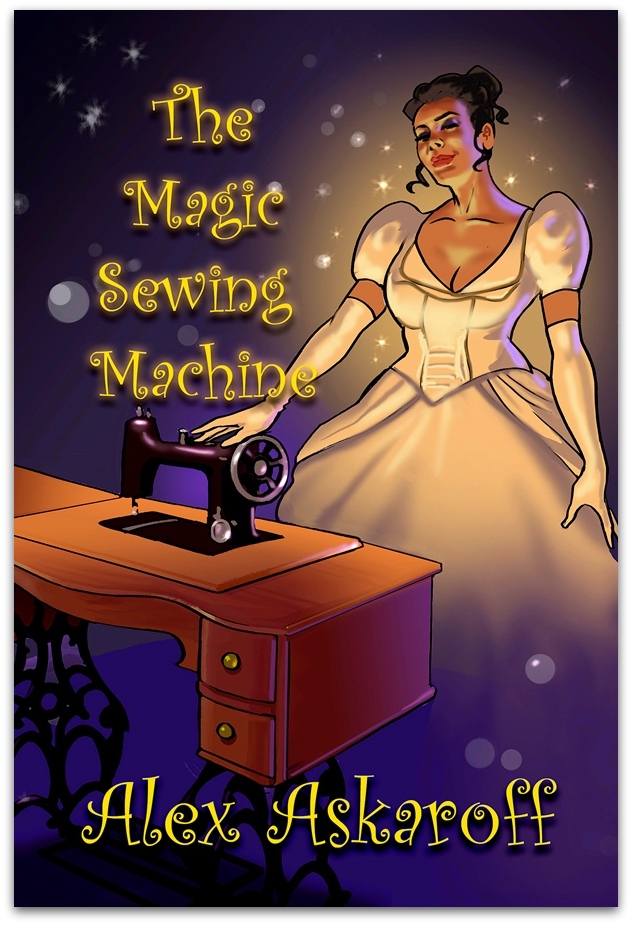|
||||
|
|
Alex has spent a lifetime in the sewing industry and is considered one of the foremost experts of pioneering machines and their inventors. He has written extensively for trade magazines, radio, television, books and publications worldwide. Alex currently has 25 books available with Seven No1 New Releases on Amazon.
Over the last two decades Alex has been painstakingly building this website to encourage enthusiasts around around the Globe to continue his research.
|
|||
|
Seidel & Naumann Seidel & Naumann grew into one of the largest sewing machine manufacturers in Germany, survived the Firestorm bombings of Dresden in the Second World War and are partly still in business today, yet we know little about them. From humble beginnings from a small workshop Seidel & Naumann grew to employ thousands of people. K R B Naumann, known as Bruno, was the brains behind the business. Let me tell you what I know about Seidel & Naumann and their superb early sewing machines. Seidel & Naumann grew to be manufacturing giants making everything from bicycles to early calculators. From what I can gather over a period of 140 years they made, hang on to your breath, sewing machines, speedometers, bicycles, typewriters including the world's first folding typewriter, pumps, small engines, motorcycles, lightweight V-Twin 6 horse power engines, typewriters for the blind. accounting machines, calculating machines, grinding machines, including optical grinding and polishing, and a host of other highly complex mechanical and musical instruments. Okay you can breathe now. So how did it all start?
Karl Robert Bruno Naumann Bruno Naumann was a skilled and highly trained engineer travelling around Germany as a young 16yr old repair journeyman all the time improving his engineering skills along the way, even with clockmakers. Bruno founded his own company around 1868 in Dresden Germany, on a shoestring. Originally concentrating, like many small engineering firms, on mechanical repairs and small manufacturing but Bruno saw the huge potential in sewing machines. Though coming quite late into the sewing machine industry he desperately needed investment capital and was joined by Emil Seidel in 1869 who became his financial investor and partner in his new sewing machine business. Originally they made machines copying the American mechanisms, probably under licence, producing similar machines to Howe, Singer, Grover & Baker and Wheeler & Wilson. Things did not run smoothly between Emil and Bruno and within a few years Emil Seidel had taken back his investment and a huge pay-off and left the company. In 1876 Bruno should have started afresh with just his name but the castings and badges of the machines had their names already set and the advertising, since 1870, had established the Seidel & Naumann name. Also the biggest name in the sewing machine industry was Singer and Bruno just happened to use a nice big S on his machines just like Singer which of course was for Seidel, so Singer could do nothing about it. Advertised as the improved Singer mechanism was a sneaky way to associate with the Singer brand and quality but actually have nothing to do with them. So a deal was struck that allowed Bruno Naumann to keep using Seidel's name. It was a mistake as Seidel had little to do with the company that Bruno had founded but his name is inextricably linked to the firm. Later Bruno did market under the Naumann name but the firm were expanding in so many ways it mattered little.
Saxonia Regia
Coming into the sewing business late meant that Bruno Naumann could copy the very latest machines including the best selling Singer model 12. By 1883 the Seidel & Naumann Company moved to Hamburg Street in Dresden, now a notorious red light district. There they slowly expanded into a huge manufacturing plant.
The company made beautiful sewing machines for decades reaching a peak around the later part of the Victorian era. At one point in the late Victorian period the German manufacturer employed over 1,744 employees including 270 children and were still growing. At the factories peak they had almost 100 different models and sub-classes of machines however only the very first fiddlebase machine on a cast paw-foot base was a stunner. That was the model 1 Saxonia low-arm. The rest were pretty much copies of all the other sewing machines that were around, heavy solid, dependable but boring. They did make a very early automatic buttonhole machine that was very advanced and unique for the period. Seidel & Naumann sewing machines often turn up in superb condition. Such was the quality of the machines that they won many medals including Vienna in 1873, Sidney in 1879 and Frankfurt in 1881. Bicycles, sewing machines and many other items came flooding out of the factory gates and at their peak they were producing around 80,000-100,000 sewing machines and 39,500 bicycles every 12 months. Their machines were sold worldwide, and in Britain, through the big stores like Gammages in London right down to little retailers and sewing shops like E G Benford in Brighton, East Sussex.
By the turn of the century the company invested in machinery to produce new products like motorcycles and typewriters (which sold in their tens-of thousands eventually outselling both their bicycles and sewing machines). In 1903 after the sudden death of the factories owner, Bruno Naumann at 59, the business continued but did not invest in many of their previous objectives including motor cars. At the time of Bruno Naumann's death the factory was employing over 2,500 employees with amazing staff benefits including health care, sick benefit, and disability benefit for those injured at work. For a few years the expansion continued until it became Germany's largest factory. By the outbreak of the Great War the factory had possibly made as many as 3,000,000 sewing machines. But their sewing machine heyday was coming to an end. Their London distributors/agents were at 23 Moor Lane, London East Centre. With the drop in export orders after the First World War Seidel & Naumann concentrated on their home market, new products and their typewriter development and expansion.
Bicycles were a huge seller and at their peak the company were making over 40,000 a year, though by 1938 Seidel & Naumann had stopped making bicycles to concentrate on their other expanding product lines, like their typewriters.
By the 1920's Seidel & Naumann were concentrating mainly on Bicycles (stopping in 1938) and typewriters after the phenomenal success of their Ideal model which had four upgrades and their folding Erika typewriter. They did supply sewing machines for a few more years but removed all mention of German manufacture.
Their machines were used by the German Military in the 1930's including the dreaded SS and these models had SS stamped on them. They say Hitler used a Seidel & Naumann typewriter. The Germania Bicycle was used extensively by the German military. In 1951 Seidel & Naumann partly joined with Clemens Mueller AG. Naumann's still survive today though far removed from their heyday in the sewing machine field. I believe as part of Robotron they still produce the Erika Picht a typewriter for the blind invented by Oscar Picht, though I could be mistaken. Pfaff have an amazing looking sewing machine designed partly by Bea Naumann so it seems to run in the blood. Well that's it folks just a short history of one of Germany's premiere sewing machine manufacturers. More to follow.
Most of us know the name Singer but few are aware of
his amazing life story, his rags to riches journey from a little runaway
to one of the richest men of his age. The story of Isaac Merritt Singer
will blow your mind, his wives and lovers his castles and palaces all
built on the back of one of the greatest inventions of the 19th century.
For the first time the most complete story of a forgotten giant is
brought to you by Alex Askaroff. |
||||
|
News Flash! Alex's books are now all available to download or buy as paperback on Amazon worldwide.
"This
may just be the best book I've ever read."
"My five grandchildren are
reading this book aloud to each other from my Kindle every Sunday.
The way it's written you can just imagine walking
beside him seeing the things he does. News Flash! Alex's books are now all available to download or buy as paperback on Amazon worldwide.
Fancy a good FREE read: Ena Wilf & The One-Armed Machinist
Alex
I read with interest your stuff on Seidel
& Naumann sewing machines. My grandfather was out of work in the
early 1900s and was approached on the streets of south London by
someone offering work in Dresden. c1908 my grandfather and many
others travelled to Dresden only to find that they were to be used as
strike breakers in the Seidel & Naumann factory. The story goes that
they refused to work and joined the strikers. Eventually the strike
ended and everyone (including my grandfather) returned to work. He
ended up serving an apprentiship at Seidel & Naumann before returning
to London and setting up his own company.
Kind regards
Richard Meech
|
||||
|
|
|
|||
|
||||
